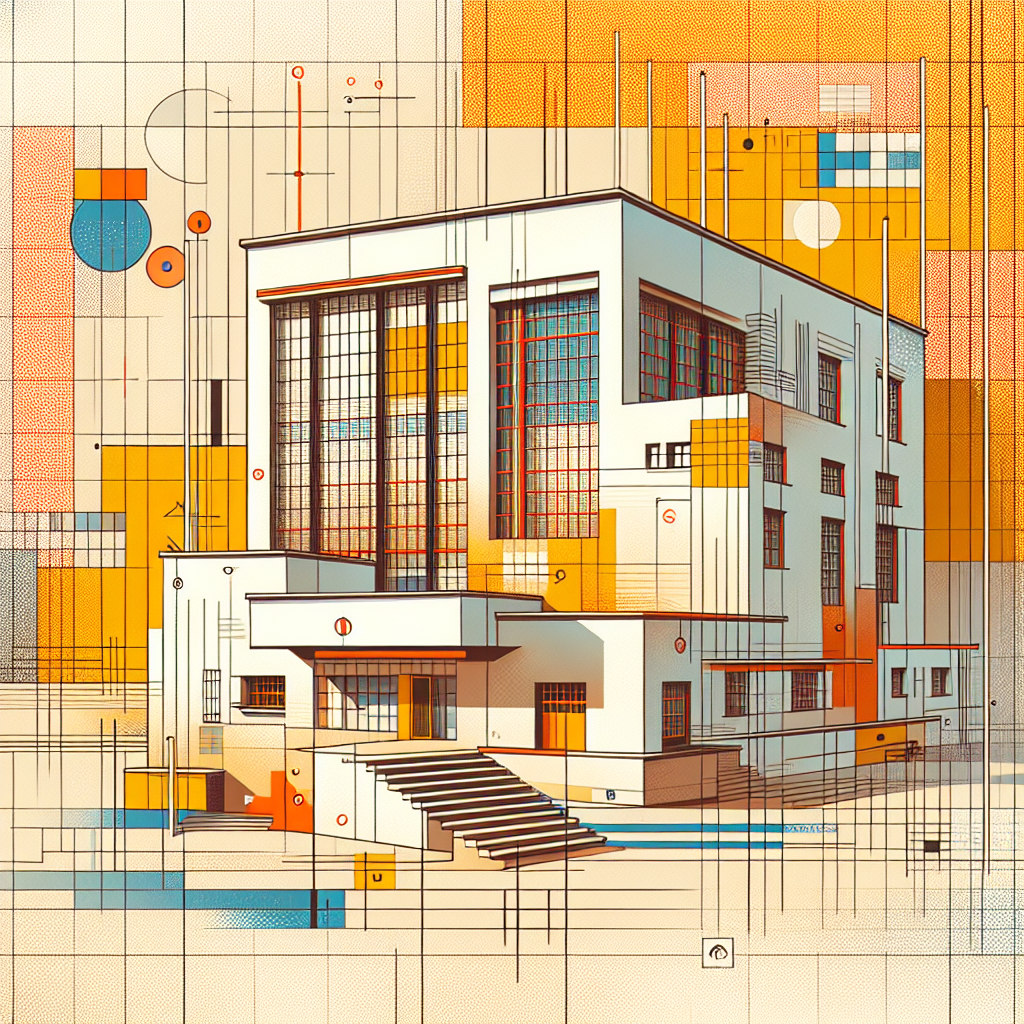The Bauhaus Movement: Uncovering Its Influence and Impact on Modern Design
- ChatStick For Brand
- Aug 28, 2024
- 3 min read

The Bauhaus movement, established in 1919 by the visionary architect Walter Gropius in Weimar, Germany, marked a significant turning point in the realms of art, architecture, and design. This avant-garde movement sought to break away from the constraints of traditional artistic practices and embrace a more holistic approach to creativity. By merging fine arts, crafts, and technology, Bauhaus aimed to create functional yet aesthetically pleasing designs that would enhance everyday life. One of the core principles of the Bauhaus movement was the idea of Gesamtkunstwerk, or the total work of art, which emphasized the seamless integration of various art forms to create a unified whole. This interdisciplinary approach not only influenced the physical environment but also had a lasting impact on the way people interacted with art and design. The legacy of Bauhaus continues to reverberate in contemporary design trends, with its emphasis on simplicity, functionality, and minimalism still resonating with designers and artists today. The movement's ethos of combining form and function has become a guiding principle in modern design practices, shaping everything from architecture and furniture to graphic design and typography. By challenging traditional notions of art and design, the Bauhaus movement laid the foundation for a new era of creativity and innovation. Its experimental spirit and commitment to pushing boundaries have inspired generations of artists and designers to think outside the box and strive for excellence in their craft. In essence, Bauhaus remains a pivotal chapter in the history of creativity, leaving an indelible mark on the world of art and design.
Origins of Bauhaus

The Bauhaus school, founded in 1919 in Germany by architect Walter Gropius, was a groundbreaking institution that revolutionized the way art and design were taught and practiced. Its primary goal was to bridge the gap between traditional craft techniques and modern industrial production methods. By emphasizing the integration of art, craft, and technology, the Bauhaus aimed to create a new aesthetic language that reflected the spirit of the times.
At the heart of the Bauhaus philosophy was the idea that form should follow function. This principle, often attributed to the school's influential faculty members such as Wassily Kandinsky and Paul Klee, sought to strip away ornamentation and focus on the essential qualities of an object. By doing so, the Bauhaus designers believed they could achieve a harmonious balance between beauty and utility, thereby creating objects that were both visually appealing and practical.
The interdisciplinary nature of the Bauhaus curriculum was a key aspect of its educational approach. Students were encouraged to explore a wide range of disciplines, including architecture, painting, sculpture, and graphic design. This holistic approach not only fostered creativity and innovation but also prepared students to work collaboratively across different fields, reflecting the interconnectedness of modern society.
In response to the rapid industrialization of the early 20th century, the Bauhaus sought to redefine the role of the artist in society. By embracing mass production techniques and advocating for social change through design, the school aimed to create a more democratic and inclusive approach to art and architecture. In this way, the Bauhaus not only revolutionized the field of design but also laid the foundation for a new way of thinking about the relationship between art, technology, and society.
Principles of Bauhaus Design

One of the fundamental principles of Bauhaus design was the concept of "form follows function." This ideology focused on creating practical, minimalist designs that served a purpose while being aesthetically pleasing. Bauhaus artists and architects strived to achieve simplicity, using clean lines, geometric shapes, and primary colors to convey their vision.
Impact on Modern Design

The Bauhaus movement's influence can be seen in various aspects of modern design, from architecture and furniture to graphic design and typography. Its legacy has shaped the way we approach design, with many contemporary designers drawing inspiration from Bauhaus principles.
Legacy of Bauhaus
The closure of the Bauhaus school in 1933 did not mark the end of its influence. Many of its former faculty and students spread its ideas worldwide, carrying the torch of modernism across borders. Bauhaus-inspired designs continue to resonate with audiences, standing the test of time and remaining relevant in today's design landscape.
In conclusion, the Bauhaus movement remains a beacon of innovation and creativity, underscoring the importance of merging art with technology and functionality. Its enduring legacy serves as a testament to the power of design to shape the world around us, making it a timeless source of inspiration for generations to come.






Comments